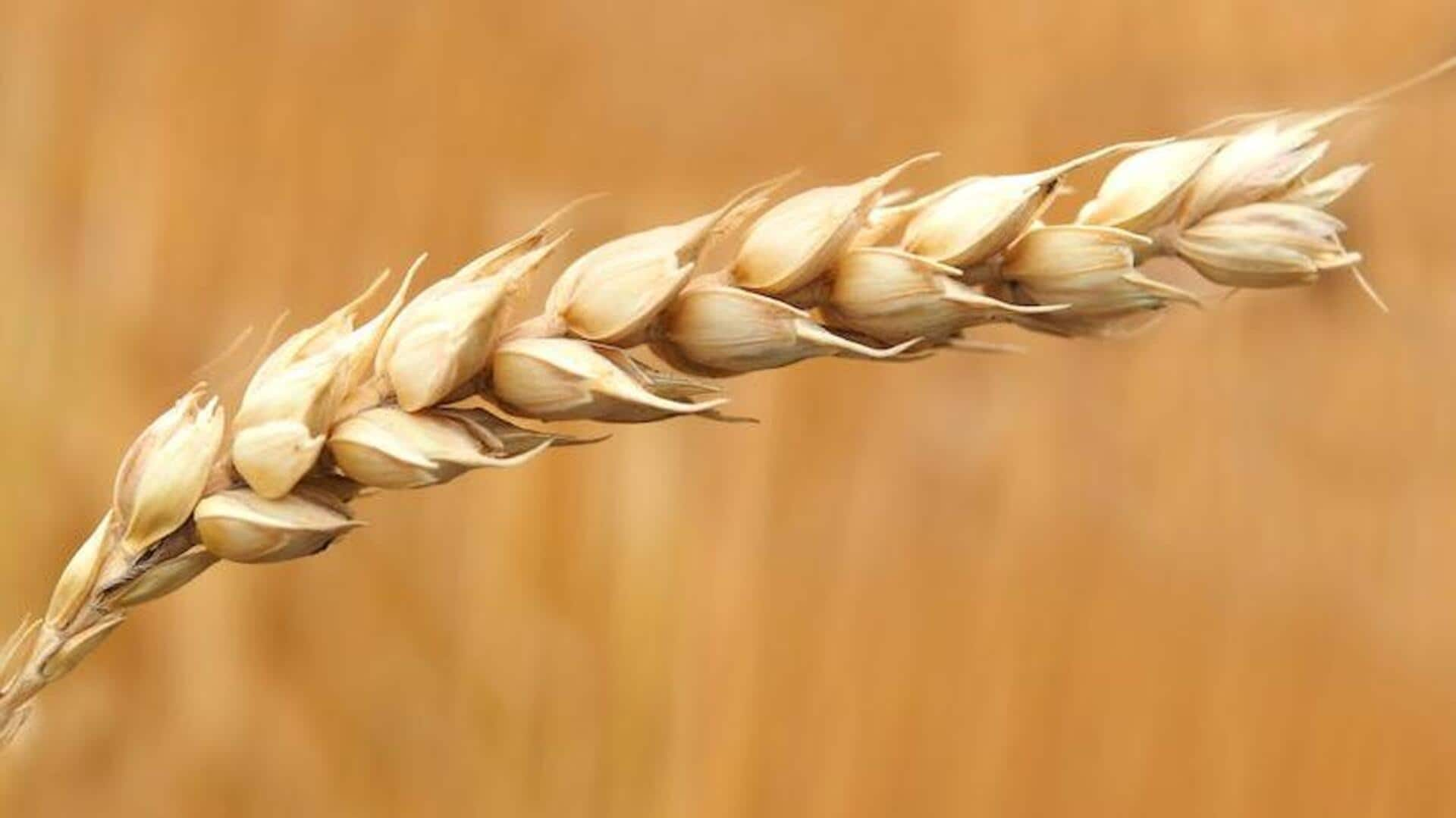
Wheat, wheat bran, wheat germ: Differences, benefits, and applications
What's the story
Wheat being a staple grain in India is a common ingredient in households.
However, did you know that each of wheat's components has its unique benefits?
Whole wheat, wheat bran, and wheat germ are all derived from the wheat plant but they offer distinct benefits for nutrition, hair care, and skincare.
Here's a breakdown of their differences and benefits.
Concepts
Understanding the terms
Wheat is a cereal grain widely cultivated for its edible seeds, which are used in various food products like bread, pasta, and cereal.
Wheat bran is the outer layer of the wheat kernel and is often removed during the milling process to produce refined wheat flour.
Meanwhile, wheat germ is the innermost and nutrient-dense component of wheat kernel.
Use in skincare
Wheat has many skincare benefits
It would be interesting to know that apart from the nutritional benefits, wheat components are used in skincare as well.
These wheat-derived ingredients can offer a natural and effective way to nourish and enhance the health of your skin.
Wheat is not commonly used directly in skincare products. However, wheat extracts may be included in some formulations for their potential hydrating and anti-inflammatory properties.
How it benefits
How these are useful
Wheat bran is rich in fiber, vitamins, and minerals. In skincare, it is used for its exfoliating properties.
Ground wheat bran can be added to scrubs and cleansers to help remove dead skin cells, and reveal smoother and brighter skin.
Wheat germ oil and wheat germ extract are used in skin and hair care products for their rich content of vitamins, particularly vitamin E.
How to use
Try this DIY wheat face pack
Wheat extracts can improve the texture of the skin and make it tighter.
Mix two tablespoons of aata with two tablespoons of milk to form a thick paste that can be applied as a face pack. You can also add a few drops of rose water to it.
Rinse your face once it dries. This basic application is especially beneficial for oily skin.